30 Reasons Mechanics Will Tell You Not To Buy A Toyota

Toyota has long been the gold standard for reliability, but even the most trusted brands have their flaws.
A mechanic once told me, “People think Toyotas never break, but they just break better than other cars.”
He went on to explain how some models have costly issues lurking beneath their reputation for dependability.
From transmission troubles to oil consumption nightmares, not every Toyota is as bulletproof as people assume.
1. Oil Leaks

I once had a Toyota that seemed to mark its territory wherever it went. The driveway, the garage, even the office parking lot bore testimony to its persistent oil leaks.
It felt like the car was shedding tears of oil. After several visits to the mechanic, who became a close acquaintance, I realized that dealing with these leaks was just part of owning this vehicle.
The frustration of finding new spots on the pavement became a regular, unwelcome surprise.
2. Premature Brake Wear
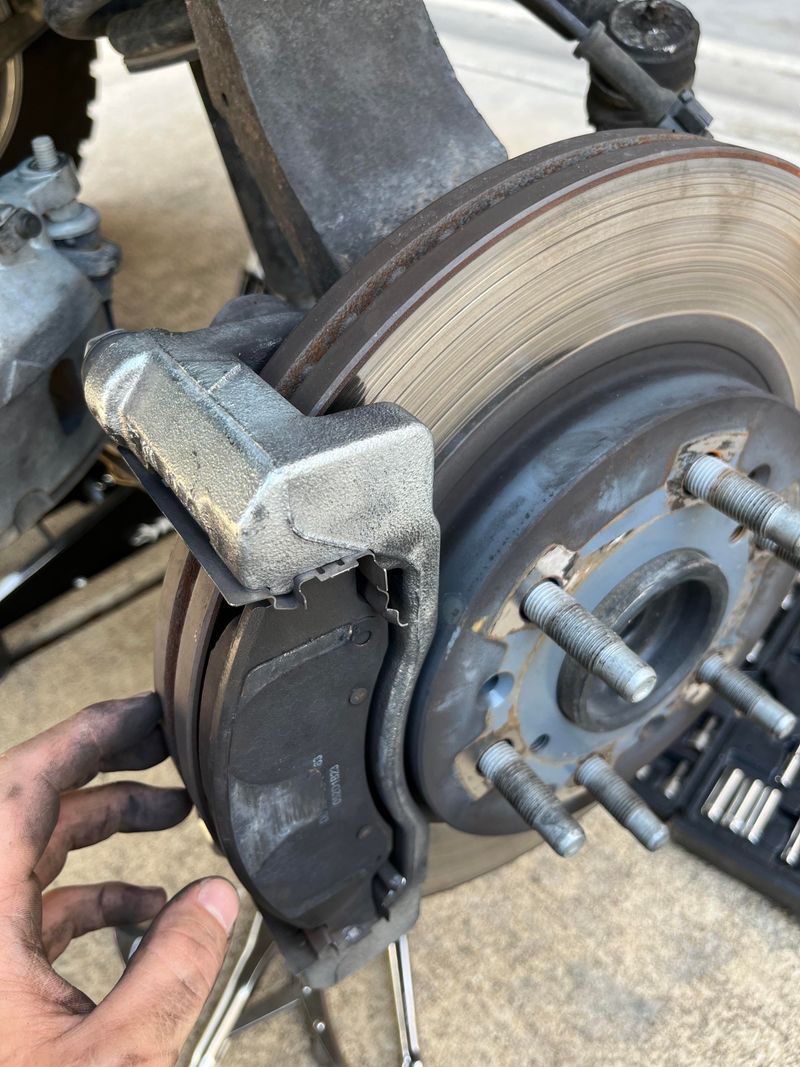
Toyota’s brakes can wear out faster than expected. Imagine a pair of sneakers that start losing their grip too soon. A Toyota might drive smoothly, but its brakes sometimes lag behind.
The vehicle, otherwise a trusted companion, can suddenly demand immediate attention.
Mechanics often equate this to having a robust engine but delicate brakes, making it crucial to monitor and replace them more frequently. Paying heed to the signs ensures safety remains uncompromised.
3. Water Pump Failures
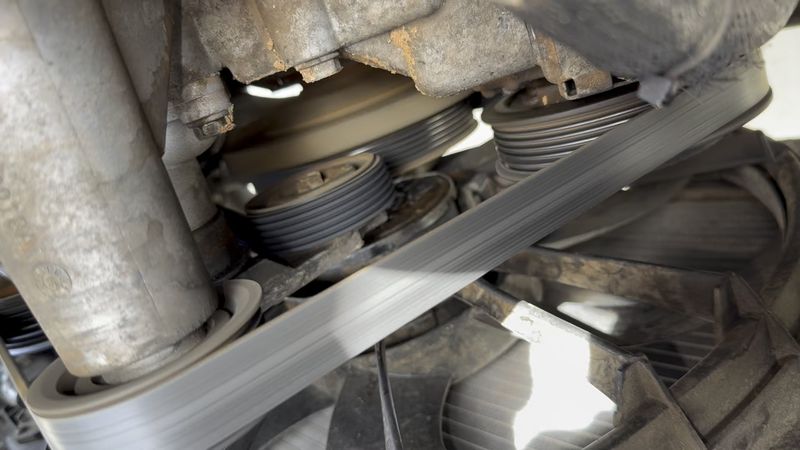
It began with an ominous steam cloud emerging from the hood. My Toyota’s water pump had decided to give up the ghost. I found myself stranded and bewildered, waiting for a tow.
The water pump, seemingly a small cog in the grand machinery, played a pivotal role. When it failed, everything else seemed to follow suit.
I learned that this was a common complaint among Toyota owners, often leading to unexpected roadside pauses.
4. Power Steering Fluid Leaks

Power steering fluid leaks in Toyotas can be perplexing. It’s like someone slowly letting the air out of a balloon – at first, you may not notice.
But gradually, the steering becomes hard, almost like a workout for your arms. This issue requires attention, as neglecting it can lead to a complete loss of steering ease.
Mechanics often warn owners to keep an eye on fluid levels to prevent larger issues from developing.
5. Ignition System Issues
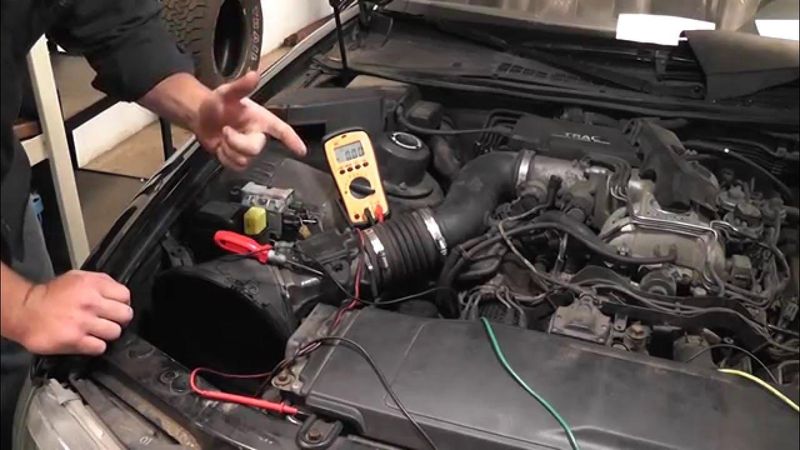
I remember the morning rush, already late for work, and my Toyota just wouldn’t start. The ignition system seemed to have a mind of its own, deciding its own schedule.
It was like trying to wake up a stubborn teenager. Despite regular check-ups, this issue persisted, leading to unpredictable mornings and frantic calls to the mechanic.
The unpredictable nature of the ignition system was a constant test of patience.
6. Sliding Door Malfunctions in Minivans

Toyota minivans are often compared to a trusty Swiss Army knife, versatile and reliable. However, their sliding doors can be a different story.
These doors sometimes refuse to budge, akin to a stubborn mule. This malfunction disrupts the family’s flow, turning a simple task into a chore.
Mechanics frequently address these issues, suggesting timely maintenance to ensure smooth operations. A careful touch often resolves what seems like a daunting problem.
7. Door Handle Breakages
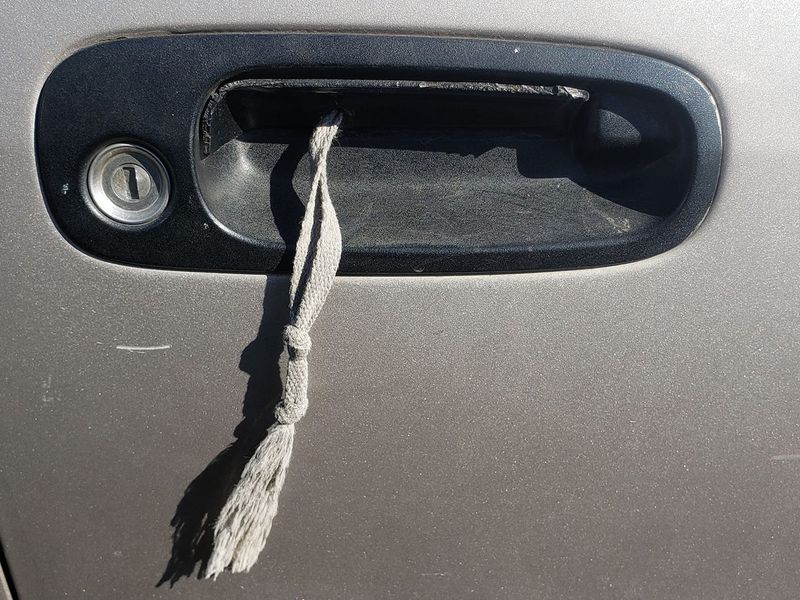
The door handle, a seemingly simple component, can become a source of frustration. Pulling and pulling, only for it to snap, leaves one standing outside the car, bemused.
Toyotas, though durable, sometimes face this quirky issue. Mechanics advise gentle handling and timely replacements.
It’s a reminder that even sturdy cars have their delicate parts, and treating them with care can save owners from unexpected inconveniences.
8. Air Conditioning Odors
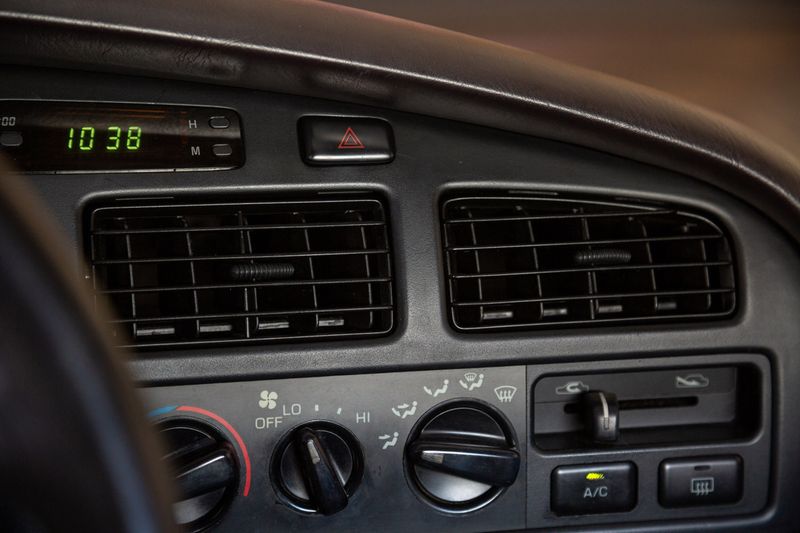
Toyota’s air conditioning systems can sometimes emit an odd odor, reminiscent of damp basements. This unexpected scent can be off-putting, especially on a hot day when the AC is supposed to provide comfort.
Mechanics often trace this issue to microbial growth within the system. Regular cleaning and maintenance help keep things fresh.
The funkiness can be tackled effectively, ensuring a pleasant journey without the olfactory surprises.
9. Engine Oil Sludge Buildup
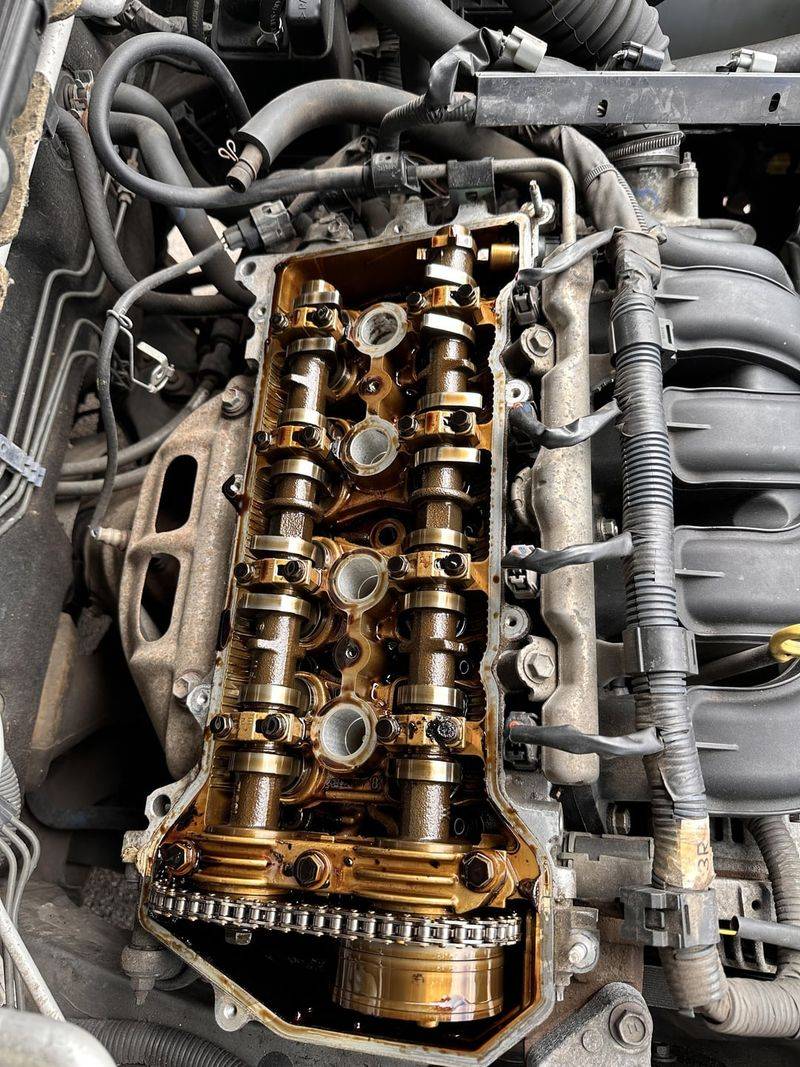
Owning a Toyota, I was surprised one day to learn about engine oil sludge buildup. It was like discovering a hidden chocolate cake but far less pleasant.
This thick, gooey substance clogged the engine’s arteries, causing distress. Frequent oil changes were necessary to avoid this unwelcome guest.
Mechanics often warned about this issue, emphasizing regular maintenance to keep the engine running smoothly and sludge-free.
10. Excessive Oil Consumption

Toyota’s reputation for efficiency sometimes meets its match with excessive oil consumption. Picture a camel that drinks more than it stores.
This vehicle, otherwise a model of economy, starts requiring more frequent oil top-ups. It’s an issue that mechanics regularly address, advising owners to keep a close watch.
Regular checks and timely oil changes help mitigate this challenge, ensuring the vehicle runs without hitch or hiccup.
11. Transmission Problems
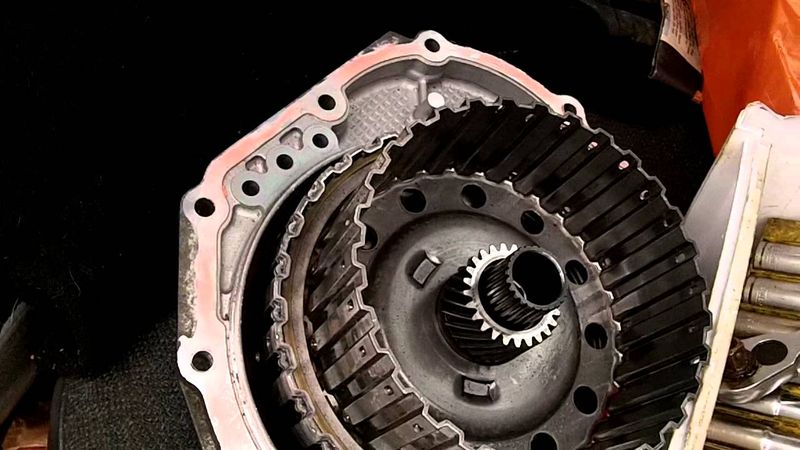
The unsettling experience of a transmission problem hit me unexpectedly. The car would lurch, as if struggling to find its gait.
Mechanics explained that this was not uncommon in certain Toyota models. Regular maintenance and cautious driving could help, but the unpredictability made each drive a gamble.
The transmission, the vehicle’s heart, demanded attention and care to avoid bigger troubles.
12. Faulty Fuel Pumps

Fuel pumps are the unsung heroes of car mechanics, and in some Toyotas, they may falter. It’s akin to a heart that skips a beat, causing the vehicle to stutter.
Mechanics frequently encounter this issue, where the pump struggles to supply fuel efficiently. Replacements and regular inspections are often recommended.
Addressing this early helps maintain the vehicle’s smooth performance, ensuring a steady, reliable drive at all times.
13. Airbag Recalls

My Toyota was part of an airbag recall, a sobering reminder of vehicle safety priorities. It felt like addressing a hidden time bomb.
The recall process was straightforward, and the dealership handled it efficiently, but the experience left a lingering caution.
Mechanics constantly emphasize the importance of heeding recall notices. Ensuring that safety features are up to par is critical, even for a brand known for reliability.
14. Poor Safety Ratings in Certain Models

Some Toyota models, while robust, surprise with poor safety ratings. It’s like finding out the tough-looking linebacker on your team can’t tackle well.
Despite their otherwise solid reputation, these vehicles might not always excel in crash tests. Mechanics advise potential buyers to research safety ratings thoroughly.
The analogy underscores the importance of balancing performance with safety, ensuring a vehicle that protects as well as it performs.
15. Delayed Transmission Engagement

Delayed transmission engagement was a sly, sneaky problem. It took a moment to realize my car hesitated before moving, as if contemplating its next step.
The lag was frustrating, especially in traffic. Mechanics pointed out that this could be an issue with gear synchronization.
Regular check-ups and timely repairs were necessary to ensure smooth transition from idle to movement. It was a lesson in patience and persistence.
16. Harsh Shifting

Toyota vehicles sometimes experience harsh shifting, a rough transition between gears. It’s like a dancer missing a step, causing an awkward jolt.
Mechanics often encounter this issue, which can wear down the transmission over time. Regular maintenance and fluid checks are essential to prevent this from escalating into more serious problems.
Addressing it early ensures a smoother, more harmonious driving experience.
17. Transmission Failures

I once faced the daunting challenge of a complete transmission failure. It was as if the car’s heart had stopped beating, leaving it stranded.
The repair process was long and costly, requiring extensive work. Mechanics emphasized the importance of regular maintenance to avoid such drastic failures.
The experience taught me the value of vigilance and proactive care, ensuring that the vehicle remains reliable and functional.
18. Faulty Piston Rings
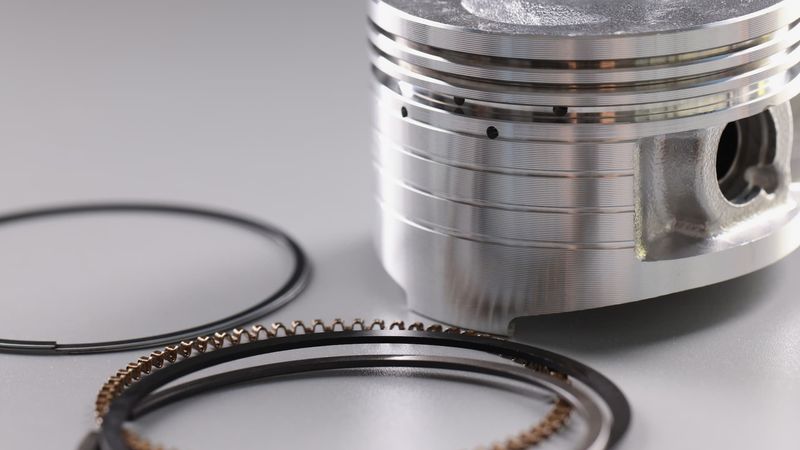
In some Toyotas, piston rings can be temperamental, akin to a vital organ misbehaving. These small components, critical for the engine’s performance, sometimes fail to seal properly.
Mechanics often compare this to a leaky faucet, wasting energy and efficiency. Regular inspections and timely replacements are advised to maintain optimal engine function.
It’s a reminder that even the smallest parts play significant roles in the vehicle’s overall performance.
19. Inadequate Pre-Release Testing

Before I purchased my Toyota, I learned about some models facing inadequate pre-release testing. It was like buying a gadget without reading reviews, only to find bugs later.
Mechanics explained that this oversight sometimes led to unforeseen issues, creating hurdles for owners.
Being aware of potential flaws and researching thoroughly before purchasing helped in choosing a model with fewer surprises and more reliability.
20. Use of Lower-Quality Materials
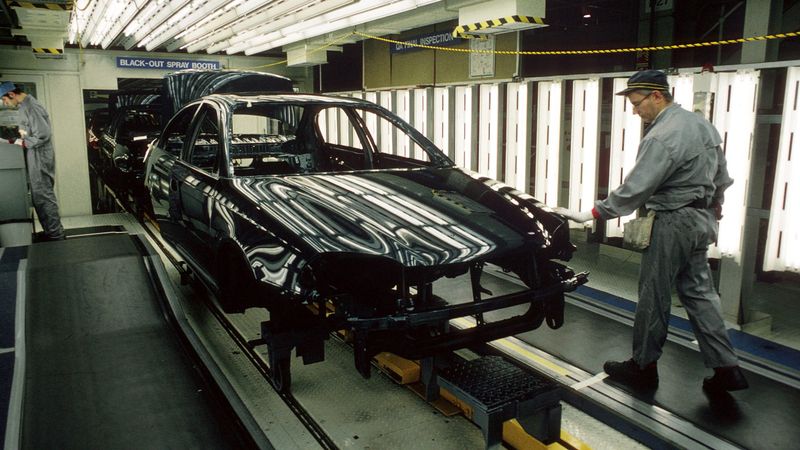
Toyota, despite its reputation, sometimes utilizes lower-quality materials. It’s like building a house with subpar bricks. These materials can lead to wear and tear issues prematurely.
Mechanics often identify this in certain components, advising owners to replace them with higher-quality alternatives.
Being vigilant about the materials used in a vehicle helps ensure longevity and dependability, preventing frequent visits to the repair shop.
21. Recalls Due to Safety Issues

My Toyota faced a recall due to a safety issue, a stark reminder of the importance of vehicle safety. The process was straightforward, dealing with it head-on, yet it highlighted the need for constant vigilance.
Mechanics often stress the importance of staying updated on recall notices, ensuring that the vehicle’s safety features meet the required standards.
It’s a proactive approach to maintaining trust in the vehicle’s reliability.
22. Problems with Advanced In-Car Electronics
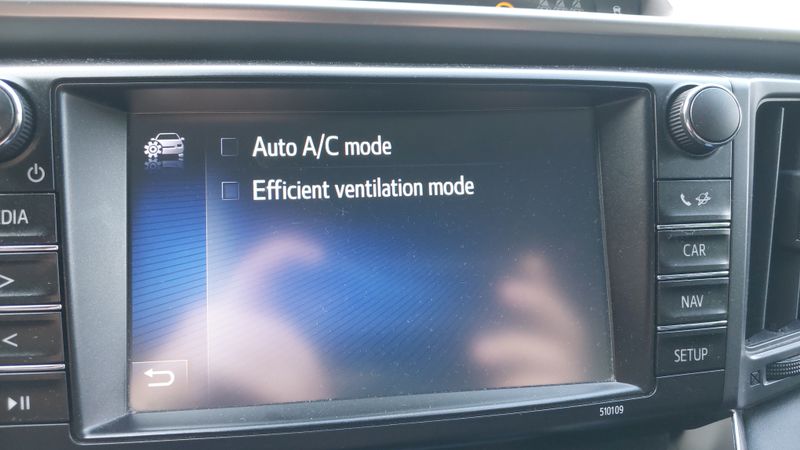
Advanced in-car electronics can sometimes behave unpredictably. It’s akin to a computer glitching at the wrong moment.
In certain Toyota models, these systems may not function as seamlessly as expected. Mechanics frequently deal with these complaints, offering solutions and software updates.
Staying informed about potential issues and ensuring timely fixes helps keep the vehicle’s electronic systems running smoothly and efficiently.
23. Integration of Small-Displacement Turbocharged Engines
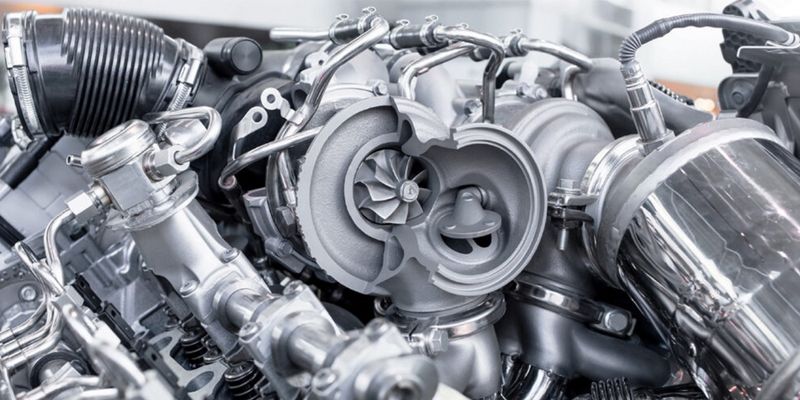
When Toyota introduced small-displacement turbocharged engines, I was intrigued. However, the integration wasn’t as seamless as hoped.
The engine struggled to deliver the expected power, feeling like a sprinter with a limp. Mechanics pointed out that fine-tuning was needed to achieve the desired performance.
Regular check-ups and updates helped bridge the gap, aligning the technology with expectations. It was a lesson in patience and adaptation.
24. Implementation of Complex Transmission Systems
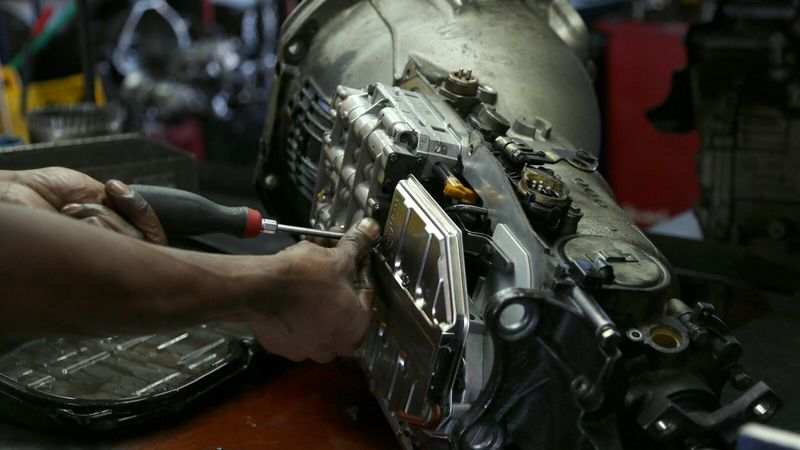
Complex transmission systems can present challenges, much like solving a complicated puzzle. In some Toyotas, these systems encounter issues, leading to unexpected breakdowns.
Mechanics often recommend thorough inspections and timely maintenance to ensure smooth operation.
Understanding these complexities helps in addressing potential problems early, maintaining the vehicle’s reliability and performance. A little knowledge goes a long way in navigating these intricate systems.
25. Defective High-Pressure Fuel Pumps
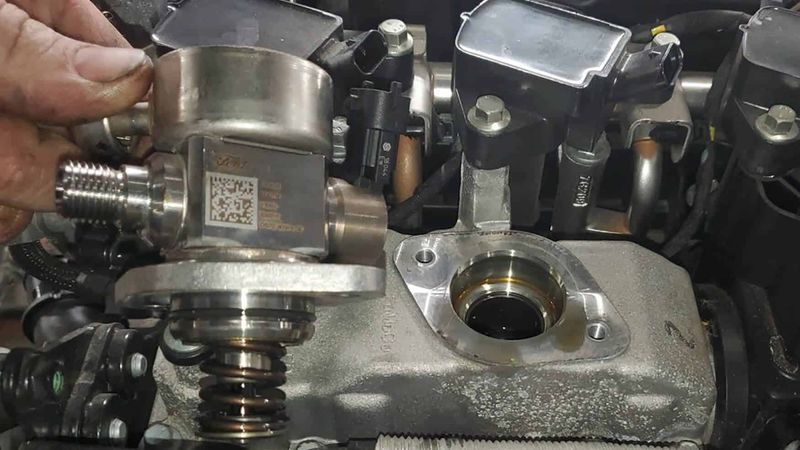
Owning a Toyota with a defective high-pressure fuel pump was an eye-opener. I discovered this issue when the car hesitated to accelerate, like a sprinter with a cramp.
The mechanic diagnosed it swiftly, replacing the part efficiently. Regular maintenance and awareness of potential fuel system issues ensured smooth, uninterrupted drives.
It taught me the importance of addressing even minor suspicions promptly, maintaining the car’s dependability.
26. Steering Rack and Pinion Issues
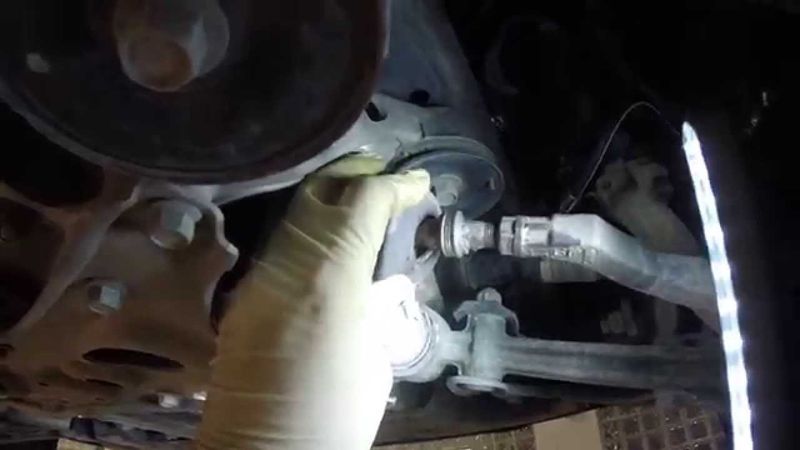
Toyota’s steering systems, compared to a well-oiled machine, can sometimes falter. The rack and pinion setup, crucial for smooth steering, may experience issues.
It’s like discovering a squeaky hinge in an otherwise perfect door. Mechanics frequently address this problem, recommending timely maintenance and part replacements.
Ensuring the steering system’s integrity guarantees a safe and pleasant driving experience, preventing unexpected steering challenges.
27. Premature Battery Failures in Hybrids

My hybrid Toyota faced premature battery failure, a silent yet significant issue. The vehicle, otherwise a marvel of technology, suddenly lost power, akin to a flashlight dimming unexpectedly.
Mechanics emphasized the importance of regular battery checks and timely replacements.
Staying informed and proactive helped in managing this challenge, ensuring that the hybrid system remained efficient and reliable, ready for any journey.
28. Faulty Airbag Inflators
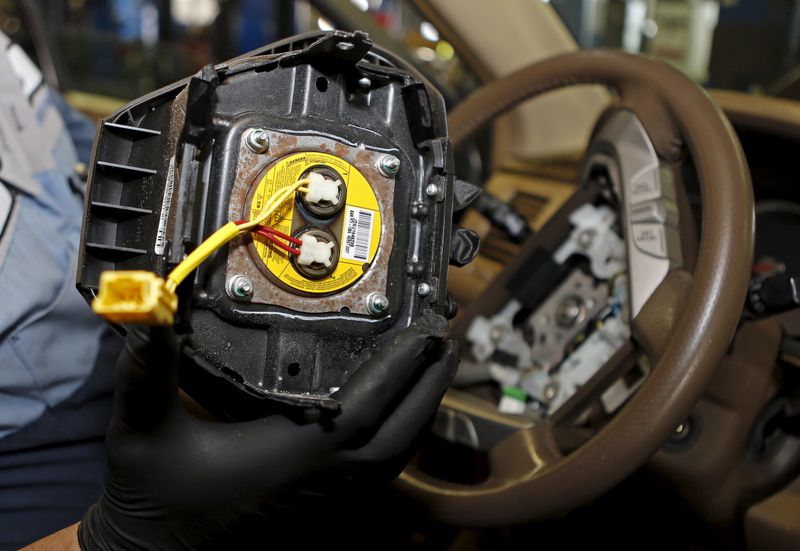
Faulty airbag inflators in Toyotas can pose serious risks. It’s like having a safety net with a hole. Mechanics often encounter this issue, where the inflator may not deploy correctly.
Addressing it requires vigilance and prompt action, ensuring that the vehicle’s safety systems function as intended.
Regular checks and heeding recall notices help maintain the vehicle’s safety integrity, keeping drivers and passengers secure.
29. Variable Cylinder Management (VCM) System Problems
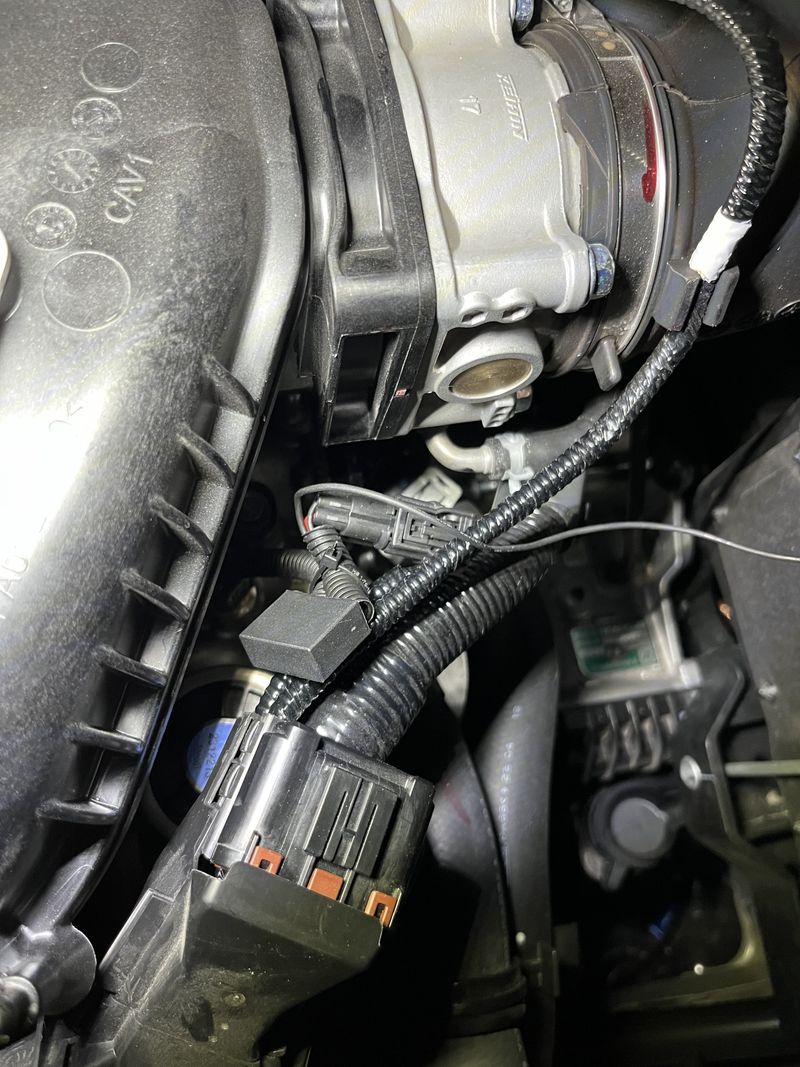
I faced challenges with the VCM system in my Toyota, a complex feature that didn’t always cooperate. It was like coaxing a moody computer to start.
This system, meant to enhance efficiency, sometimes led to performance inconsistencies. Mechanics guided me through the troubleshooting process, emphasizing regular maintenance.
Understanding the intricacies of the VCM system ensured smoother drives and minimized unexpected surprises.
30. Seat Belt Latch Malfunctions
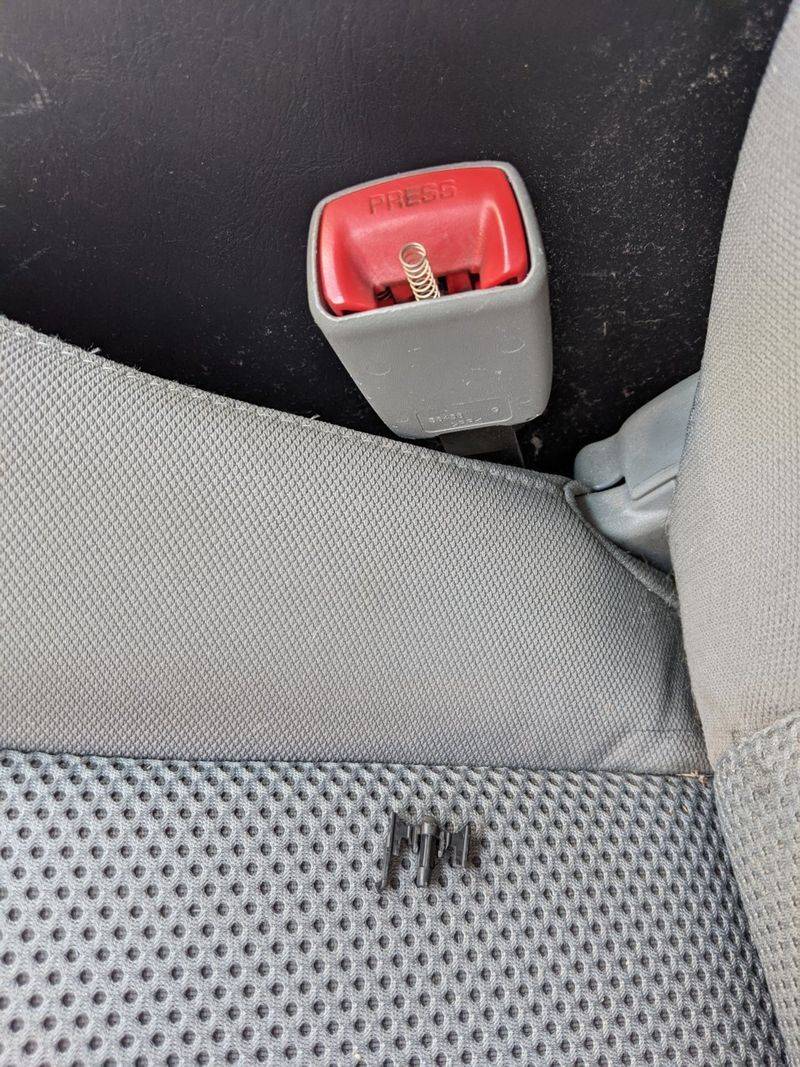
Toyota’s seat belt latches, akin to a reliable lock, sometimes encounter malfunctions. This issue, though rare, can compromise safety. Mechanics often compare it to a stubborn lock refusing to click shut.
Regular inspections and timely repairs are crucial in maintaining the integrity of the vehicle’s safety systems.
Ensuring that seat belts function correctly guarantees peace of mind and protection for every journey.
